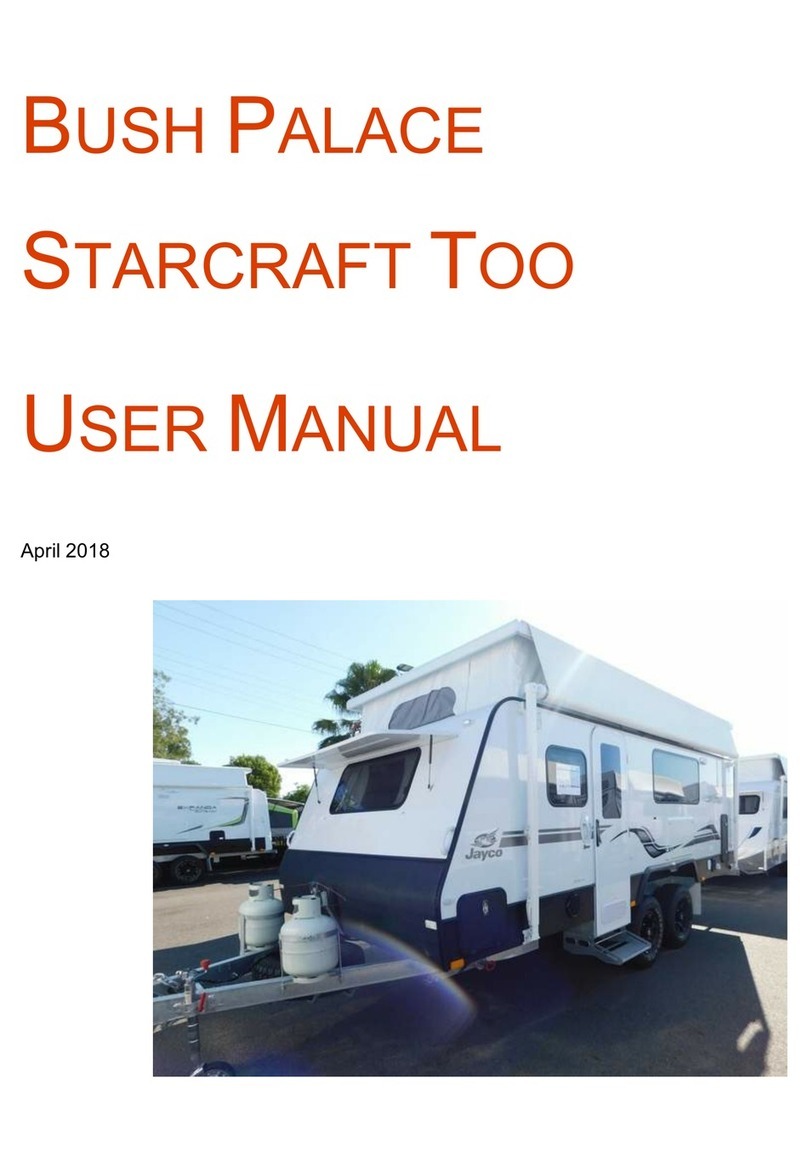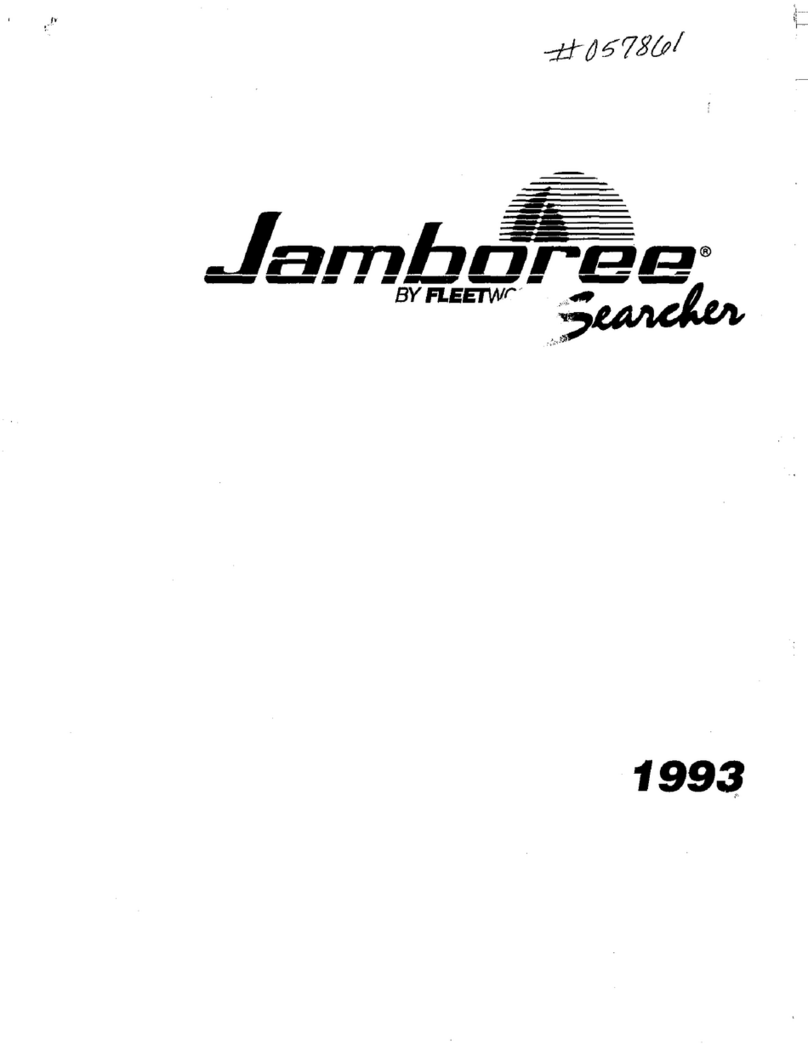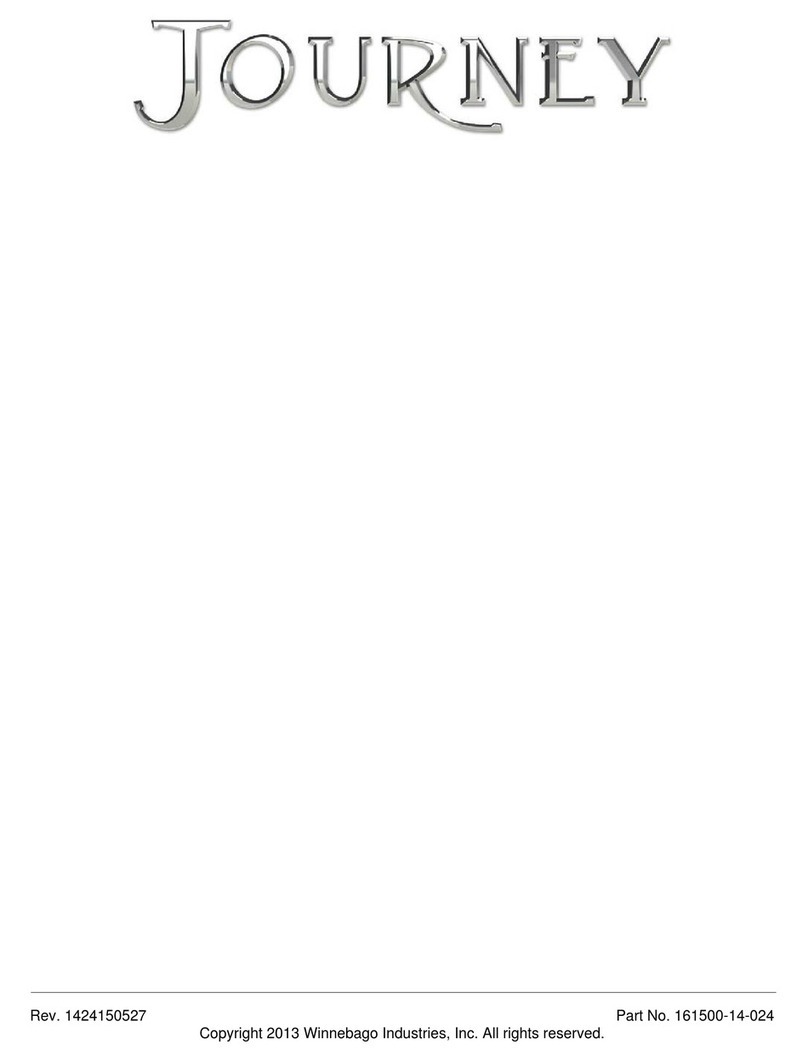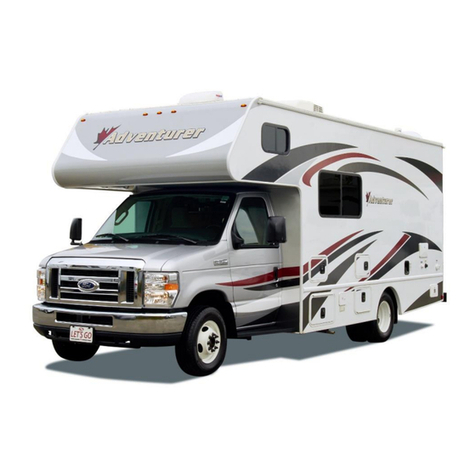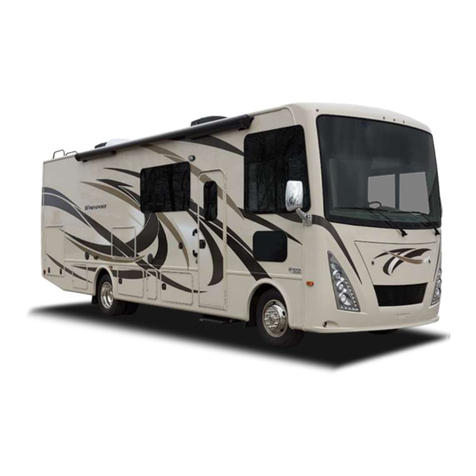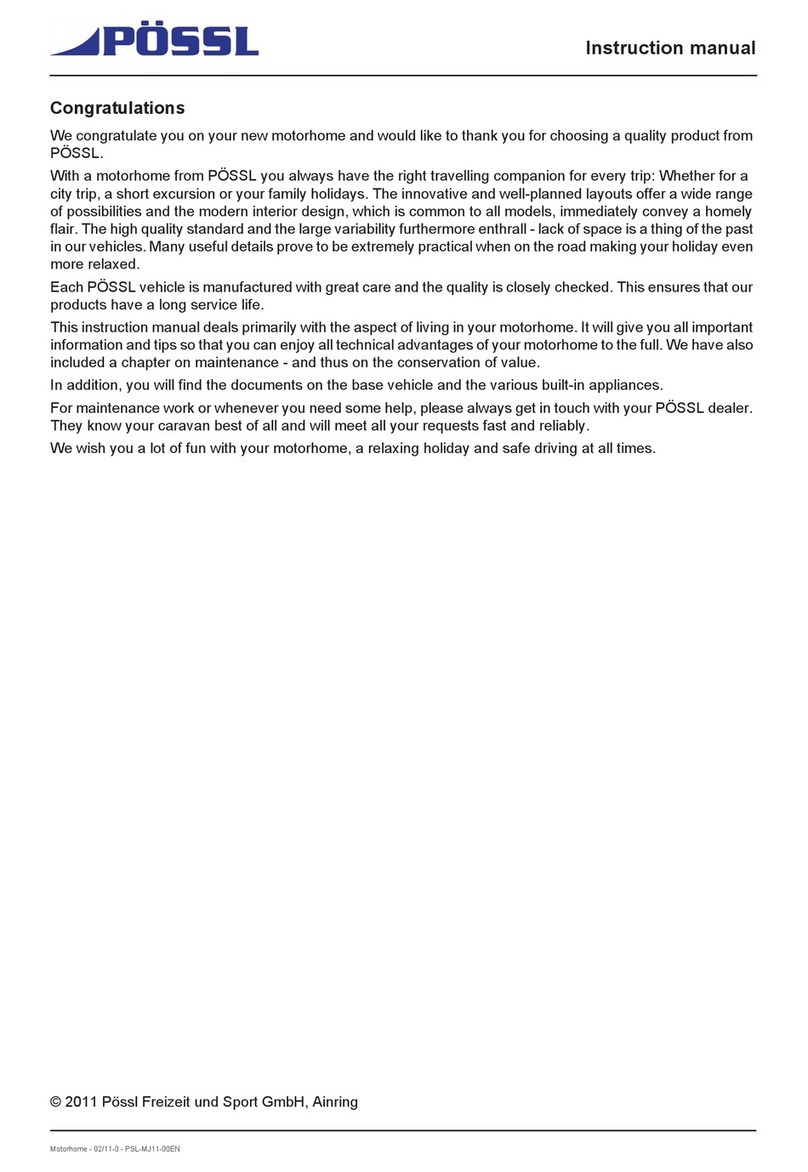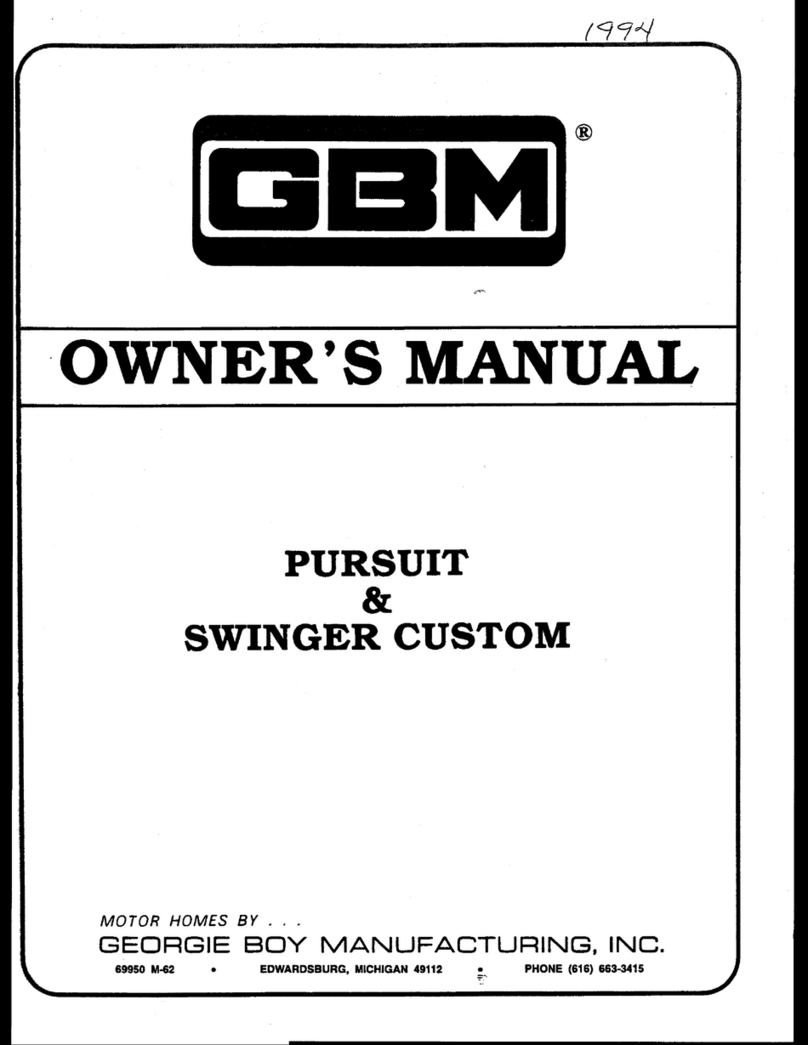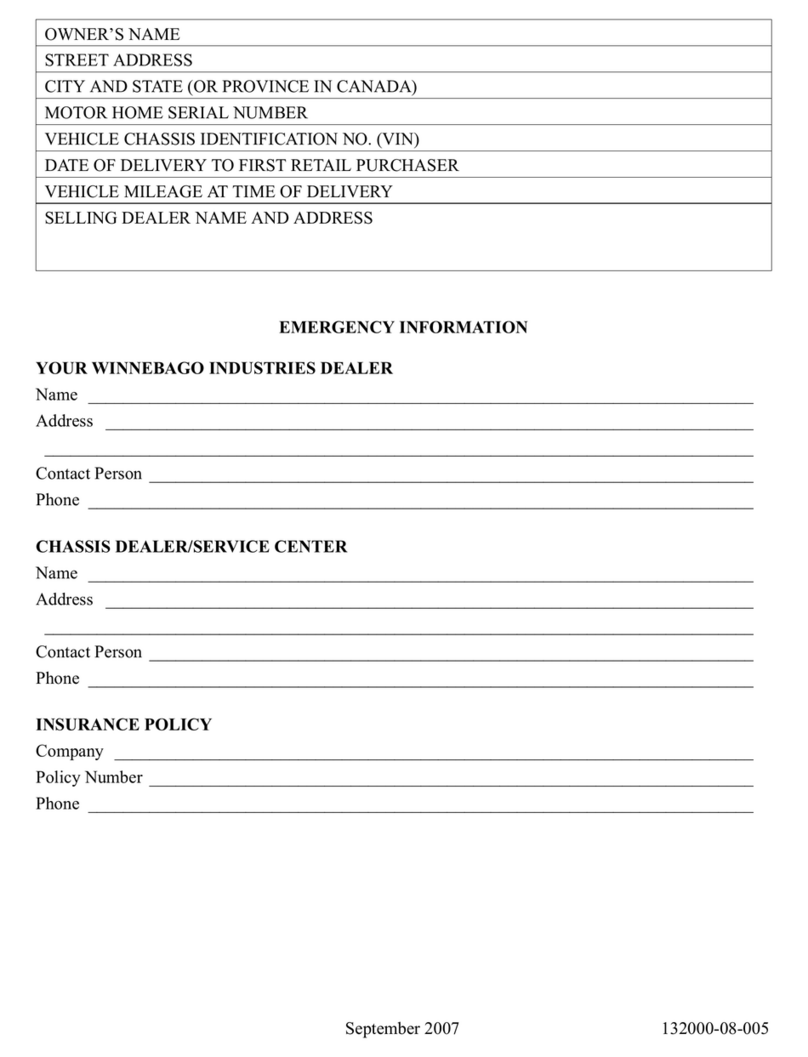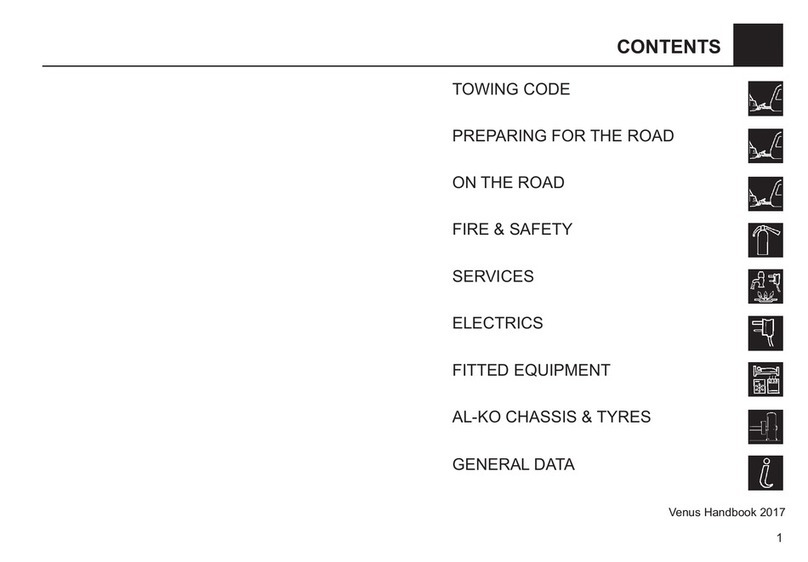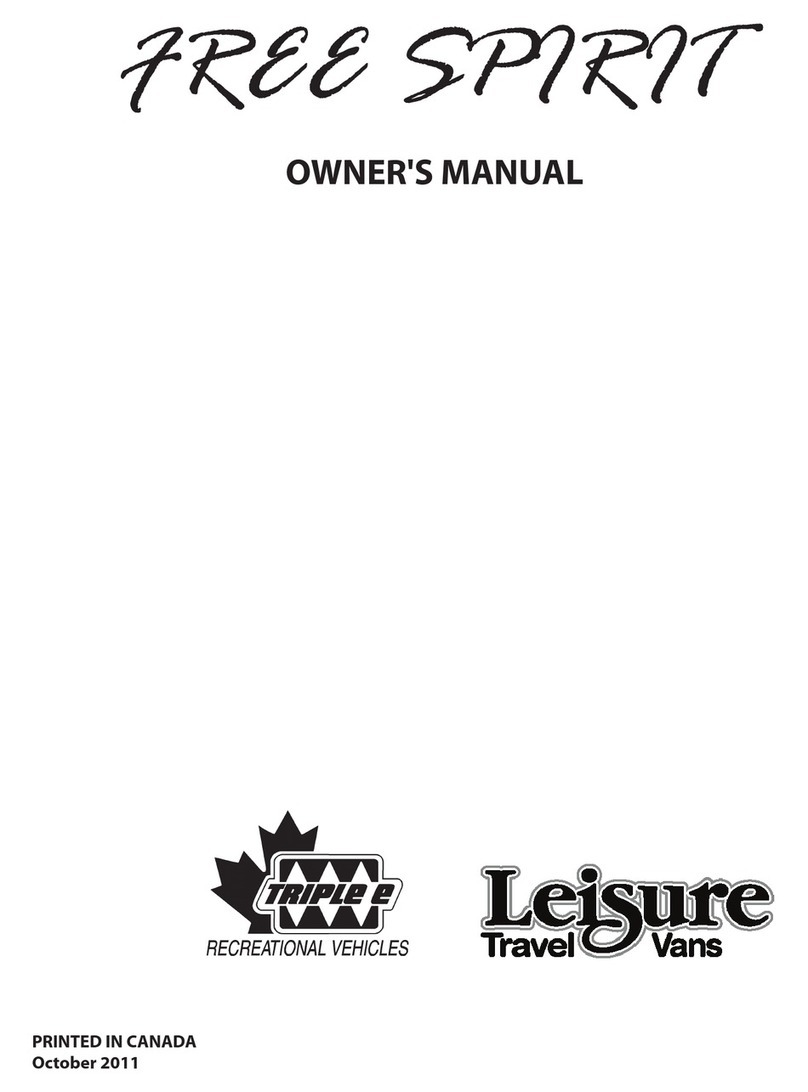Page | 1
CANADIAN TRAFFIC RULES AND ROAD SIGNS.............................................................................. 2
TRAFFIC RULES..................................................................................................................................................................... 2
ROAD SIGNS ........................................................................................................................................................................ 4
CABIN......................................................................................................................................... 5
IGNITION SWITCH ................................................................................................................................................................. 5
AUTOMATIC TRANSMISSION ................................................................................................................................................... 5
DIESEL ENGINE BRAKE ........................................................................................................................................................... 5
TOW/HAUL ...................................................................................................................................................................... 5
CRUISE CONTROL.................................................................................................................................................................. 5
EMERGENCY BRAKE &BATTERY BOOST SWITCH .......................................................................................................................... 6
LIGHTS................................................................................................................................................................................ 6
ALL WHEEL DRIVE ............................................................................................................................................................. 6
BOARD COMPUTER ............................................................................................................................................................... 6
DEFAULT ALARM SETTING ............................................................................................................................................... 6
VEHICLE CARE AND MAINTENANCE............................................................................................. 6
FUEL .................................................................................................................................................................................. 6
DIESEL EXHAUST FLUID/DEF .................................................................................................................................................. 7
ENGINE OIL ......................................................................................................................................................................... 7
TIRES ................................................................................................................................................................................ 7
VEHICLE SPECIFICATIONS ............................................................................................................ 9
EXTERNAL VIEW TRUCK CAMPER SLIDE DINETTE ........................................................................10
EXTERNAL VIEW TRUCK CAMPER SLIDE BUNK ............................................................................11
AWNING........................................................................................................................................................................... 12
ELECTRICAL SYSTEM ............................................................................................................................................................ 12
WATER SYSTEM ................................................................................................................................................................. 14
TOILET.............................................................................................................................................................................. 16
WASTEWATER.................................................................................................................................................................... 16
HEATING........................................................................................................................................................................... 17
COOKING AREA .................................................................................................................................................................. 18
FRIDGE ............................................................................................................................................................................. 18
SLIDE-OUT ........................................................................................................................................................................ 20
DINETTE TABLE/BED COMBINATION (TRUCK CAMPER SLIDE DINETTE).......................................................................................... 21
DINETTE TABLE/BUNK BED COMBINATION (TRUCK CAMPER SLIDE BUNK)..................................................................................... 21
SAFETY EQUIPMENT ..................................................................................................................22
RETURNING THE VEHICLE...........................................................................................................23


